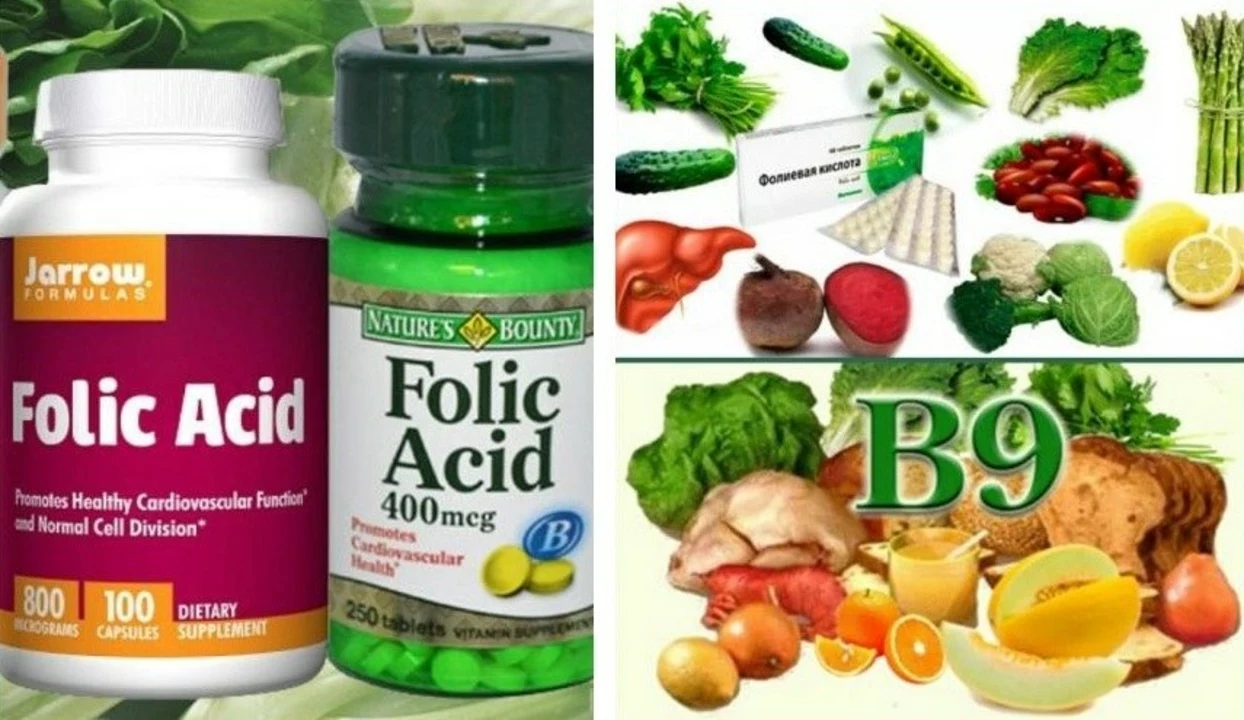Iron-Folic Acid: Practical Guide for Use and Safety
Iron-folic acid is a common combo used to prevent and treat low iron and low folate. It helps make red blood cells and keeps you from feeling tired or dizzy. Many doctors recommend it for pregnant women, people with heavy periods, vegetarians, and anyone diagnosed with iron-deficiency anemia.
How it works: Iron supplies the raw material for hemoglobin. Folic acid (a B vitamin) helps cells divide and supports the growth of new blood cells. Together they fix two common causes of anemia faster than either alone.
How to take iron-folic acid
Take the pill with water. For best iron absorption take it one hour before or two hours after meals. Vitamin C makes iron absorb better, so take it with orange juice or a vitamin C tablet. Avoid taking iron at the same time as calcium, antacids, tea, or coffee — they cut absorption. Look at the label and note the elemental iron amount. Many products list ferrous sulfate, ferrous fumarate, or ferrous gluconate — doses differ. Typical folic acid for prevention is 400 mcg daily; pregnant women often need 600–800 mcg. Typical iron doses range from 30 to 60 mg elemental daily for prevention or 60–120 mg for treatment, but follow your doctor.
Side effects and precautions
The most common complaint is stomach upset. You may get nausea, constipation, or dark stools. Try taking the pill at night or with a small snack if you feel sick. If constipation is a problem, add fiber and water or ask your doctor about a stool softener. Too much folic acid can hide a vitamin B12 deficiency, so your doctor may check B12 first. Keep iron out of reach of children — a small number of tablets can be dangerous.
Iron can reduce absorption of some antibiotics, levothyroxine, and certain Parkinson’s medicines. Folic acid can interfere with some seizure medications. Tell your pharmacist about all your medicines. A simple blood test (CBC, ferritin, folate, B12) shows if you need iron-folic acid and tracks progress.
Buying and choosing a product: Choose a brand that lists elemental iron and folic acid amounts. Combination pills are convenient, but taking separate supplements lets you adjust doses. Buy from reputable pharmacies and check expiry dates. If cost is a concern, compare generic options or manufacturer discounts.
When to call a doctor: If you feel faint, have fast heartbeat, severe stomach pain, black vomit, or allergic signs like rash and swelling, seek help. Also see your doctor if symptoms don’t improve after a month of treatment.
Quick tips: keep a log of your dose and symptoms, bring pill bottles to appointments, and ask for a blood test after 4–8 weeks to check levels. If you can't tolerate oral iron, your doctor may offer IV iron. Folic acid is cheaper as a generic pill; check labels for 'folate' versus 'folic acid' if you have genetic variants like MTHFR — your provider can advise. Start with your doctor before changing supplements today.
- Colin Hurd
- May, 5 2023
- 10 Comments
Iron-Folic Acid: The Dynamic Duo for Your Health
Iron and Folic Acid are truly the dynamic duo for our health! These two essential nutrients play a crucial role in maintaining our overall well-being, including supporting red blood cell production and preventing anemia. Not only that, but they also aid in proper brain function and even contribute to a healthy pregnancy. It's important to ensure we consume adequate amounts of both Iron and Folic Acid through our diet or supplements. So, don't underestimate the power of this dynamic duo, as they work together to keep us healthy and energized.

